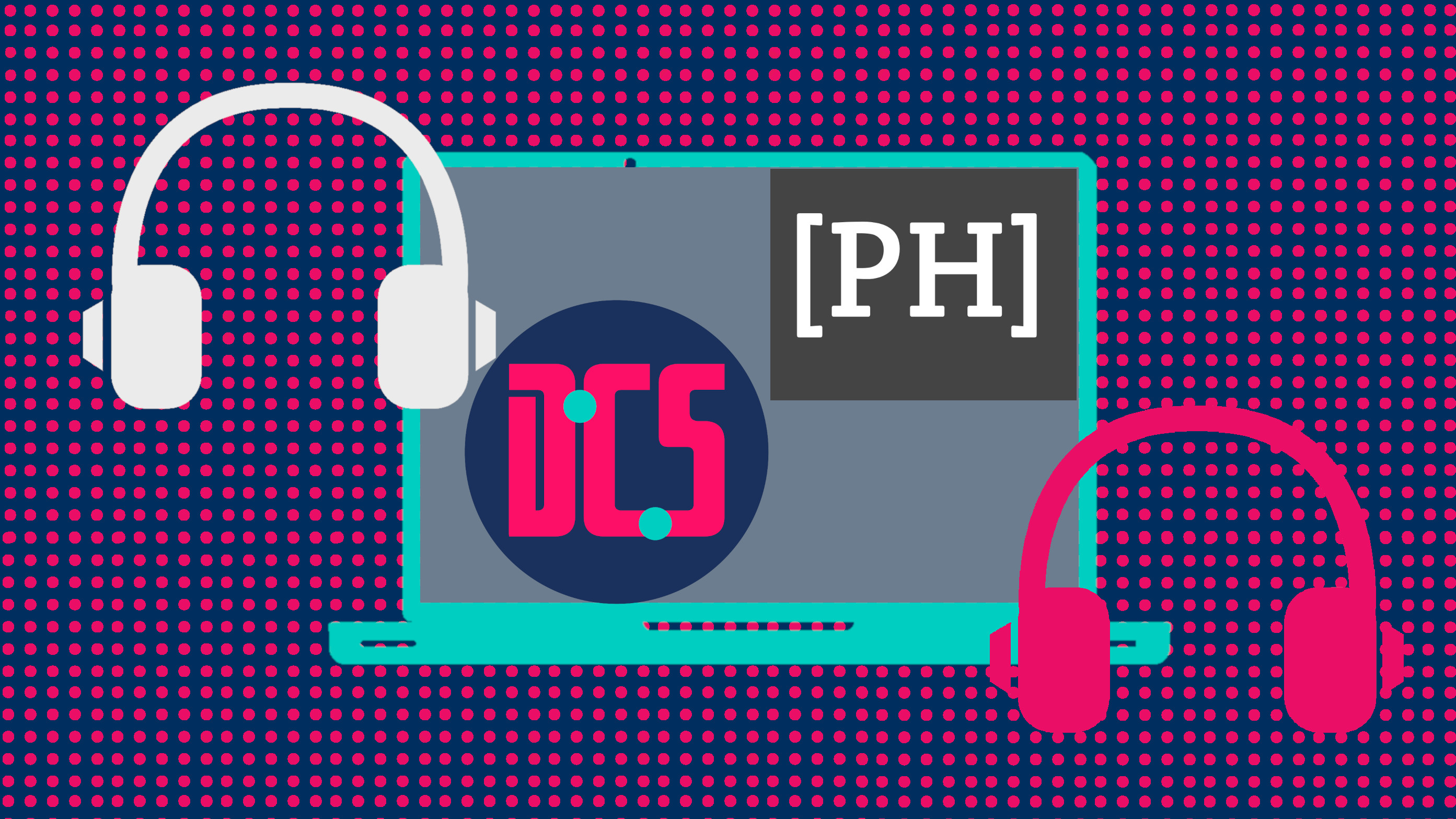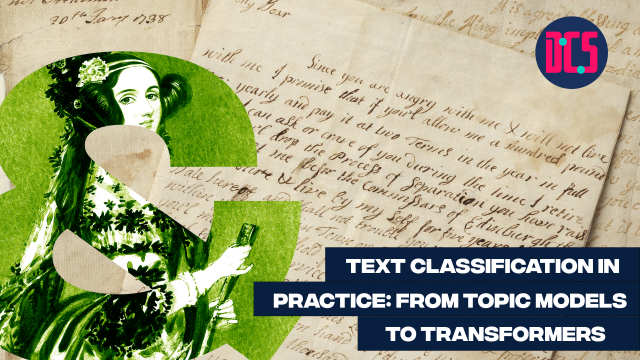Silent Disco: Sentiment Analysis with Python

ONLINE
Sentiment Analysis is the process of determining whether a piece of writing is positive, negative or neutral. Its use has become relatively widespread, including being used to analyse customer feedback, social media, user surveys, and more. We will use the University’s Noteable web service and the Python programming language.
This workshop will cover:
· How Sentiment Analysis works
· Pros and Cons
· Sentiment Analysis of text
· Analysing user feedback
· Analysing Twitter
The workshop will take place via Microsoft Teams in a ‘Silent Disco’ format. This is an asynchronous event: when taking part, you will work through the tutorial at your own pace with an instructor available online to help you with any issues.
This is a self-paced event: when taking part, you will work through the tutorial at your own pace with an instructor available online to help you with any issues.
Participants will work on the tutorial at their own pace. The facilitator will be available via Teams Chat to reply to any questions that arise during the workshop, and to help with installation, troubleshooting or other issues.
This is an intermediate-level workshop. you will need a basic understanding of Python and how to run Python code.
To attend this course, you will have to join the associated Microsoft Teams group. The link to join the group will be sent to attendees prior to the course start date, so please make sure to do so in advance.
After taking part in this event, you may decide that you need some further help in applying what you have learnt to your research. If so, you can book a Data Surgery meeting with one of our training fellows.
More details about Data Surgeries.
If you’re new to this training event format, or to CDCS training events in general, read more on what to expect from CDCS training. Here you will also find details of our cancellation and no-show policy, which applies to this event.
If you're interested in other training on text analysis, have a look at the following:
- Collecting and Handling Open-Source Data for Text analysis with Natural Language Processing
- Natural Language Processing with SpaCy
- Silent Disco: Introduction to Text Analysis
- Natural Language Processing with R
- Digital Method of the Month: Text Analysis
- Advanced Text Analysis: Topic Modelling with Python
- Silent Disco: Interrogating a National Narrative with GPT-2 (large-scale corpus)
Return to the Training Homepage to see other available events.












